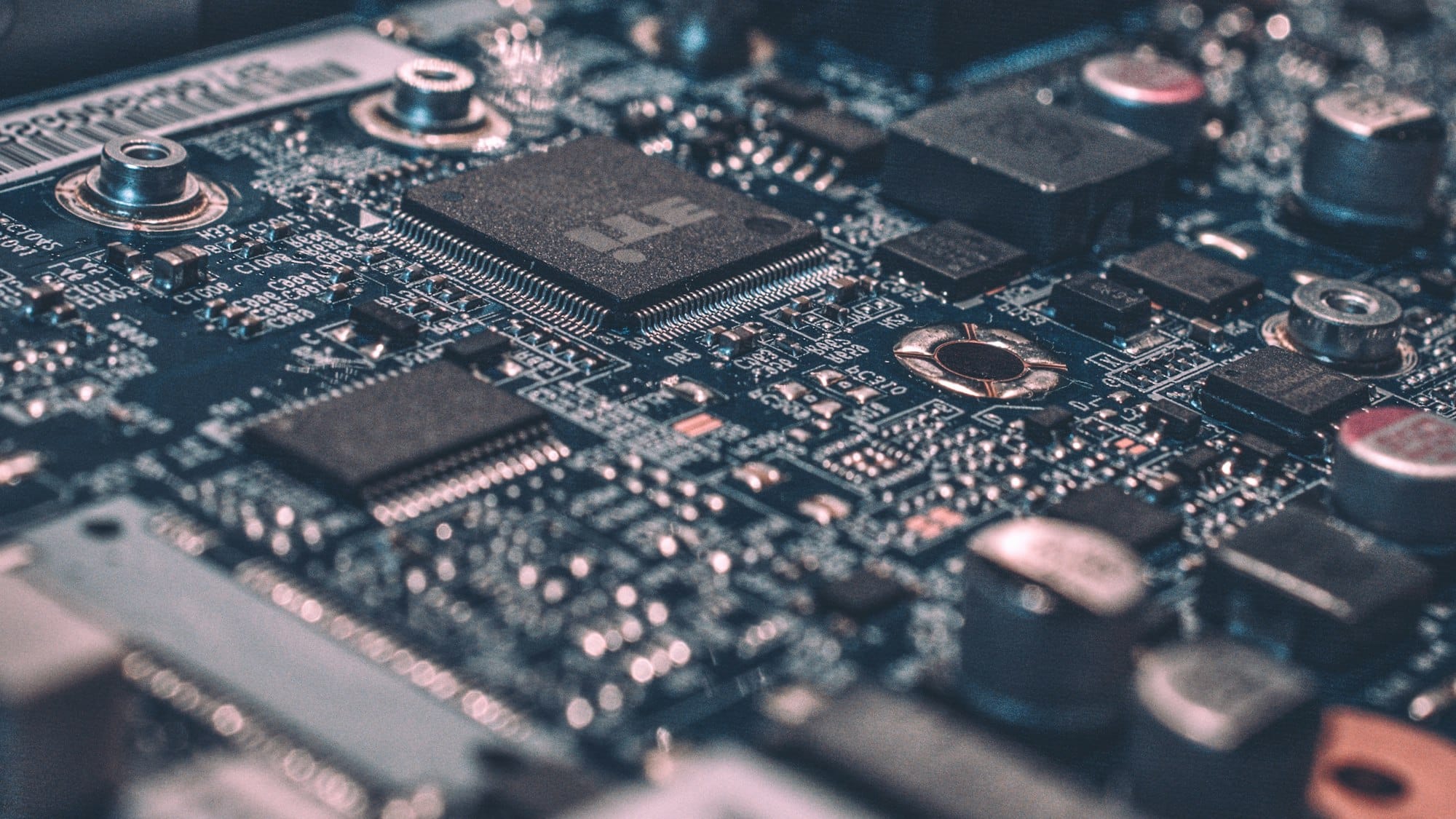Advantech has recently launched the ROM-6881, a SMARC 2.1 computer module that promises to revolutionize the field of embedded technology. This device incorporates Rockchip’s RK3588 and RK3588J chips, standing out for its eight-core processors and artificial intelligence (AI) inference capacity of 6.0 TOPS. This combination makes it an ideal tool for carrying out complex tasks such as embedded vision.
The ROM-6881 not only offers robust processing power, but also supports high-resolution video, both in 8K video encoding at 30fps and 8K decoding at 60fps. These features are particularly valuable for enhancing Internet of Things applications at the edge, being applied in diverse areas such as autonomous mobile robots (AMR), medicine, surveillance, and robotics.
Powered by Rockchip’s flagship processor, the RK3588, this computer module features an eight-core configuration (four Arm Cortex-A76 and four Arm Cortex-A55), reaching speeds of up to 2.4 GHz. All cores are built with an advanced 8nm process, resulting in a 300% performance increase compared to the previous processor, the RK3399. This improvement ensures optimal computing capability for managing multifunctional platforms.
The RK3588 also integrates a 6 TOPS NPU accelerator, offering impressive computing capabilities for AI applications at the edge. This facilitates a variety of AI inference tasks, ensuring performance and flexibility in various applications.
In terms of visualization and resolution, support for H.265 and VP9 decoding in 8K at 60fps and 8K encoding at 30fps is a strong point. Additionally, its integrated 3D GPU ensures efficient rendering of panoramic 3D content. The ROM-6881 can also handle multiple cameras through four MIPI CSI interfaces and has various display interfaces, such as HDMI, DP, LVDS/DSI, and eDP, supporting up to four displays simultaneously. This makes it suitable for advanced medical applications such as endoscopies and in vitro diagnostic systems based on AI.
The ROM-6881 module also excels in the robotics industry, especially in industrial robots and Automated Guided Vehicles (AGVs). It requires solutions that offer high data performance, low latency, and high energy efficiency. With diverse interfaces, including two gigabit ports, two USB 3.0 ports, three USB 2.0 ports, among others, it facilitates the integration of peripherals such as LiDAR, motors, and IMUs. In addition, its four PCIe 3.0 slots allow flexible expansion, including network upgrades and the addition of FPGA, Wi-Fi 6, and 5G modules.
The module is compatible with various operating systems, including Debian and Android. For those interested in advanced edge AI development, they can take advantage of the RKNN Toolkit developed by Rockchip, which facilitates the conversion, inference, and performance of AI models. Additionally, the ROM-6881 can efficiently run the Robot Operating System (ROS2) for robotics applications, providing a flexible framework for the development and rapid advancement of robotic projects.
via: AI Accelerator Institute
Referrer: MiMub in Spanish











